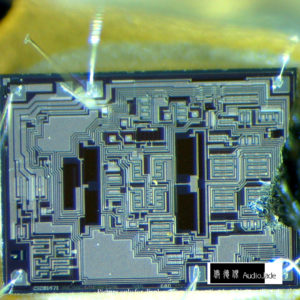Crack TMS320F280230PTT CPU Protected Memory
All operations are performed on the current auxiliary register in the same cycle as the original instruction by Crack TMS320F280230PTT CPU Protected Memory, following which the current auxiliary register and ARP can be modified.
There are seven types of indirect addressing: autoincrement or autodecrement, postindexing by adding or subtracting the contents of AR0, single-indirect addressing with no increment or decrement in order to Crack Microchip PIC12F510 Locked Memory, and bit-reversed addressing [used in Fast Fourier Transforms (FFTs)] with increment or decrement.
In immediate addressing, the actual operand data is provided in a portion of the instruction word or words. There are two types of immediate addressing: long and short. In short-immediate addressing, the data is contained in a portion of the bits in a single-word instruction for the purpose of Decrypt TMS320F280270PTT Microprocessor Locked Code.
In long-immediate addressing, the data is contained in the second word of a two-word instruction. The immediate-addressing mode is useful for data that does not need to be stored or used more than once during the course of program execution after Copy microcontroller (for example, initialization values or constants).
The register-addressing mode uses operands in CPU registers either explicitly, such as with a direct reference to a specific register, or implicitly, with instructions that intrinsically reference certain registers by Crack TMS320F280230PTT CPU Protected Memory. In either case, operand reference is simplified because 16-bit values can be used without specifying a full 16-bit operand address or immediate value to provide the support for Break DSP Controller TMS320F2806PZA Memory.


